Traveling through northern Portugal honestly changed how I see the country. Sure, Porto gets all the attention for its winding streets and legendary Port wine, but wow—there’s so much more here than what most folks expect.
From green valleys to sleepy seaside towns, northern Portugal mixes culture, nature, and daily life in a way that totally drew me in.
I wandered through quiet villages, each with its own traditions, and tasted food I still dream about. The slower rhythm outside the cities made it easy to chat with locals and feel that famous Portuguese warmth.
If you’re into scenic hikes, ancient towns like Braga or Guimarães, or just want to find the best pastries north of Lisbon, this region’s got a magic all its own. Let me show you the seven reasons I can’t stop thinking about northern Portugal—beyond just Porto’s big-name sights.
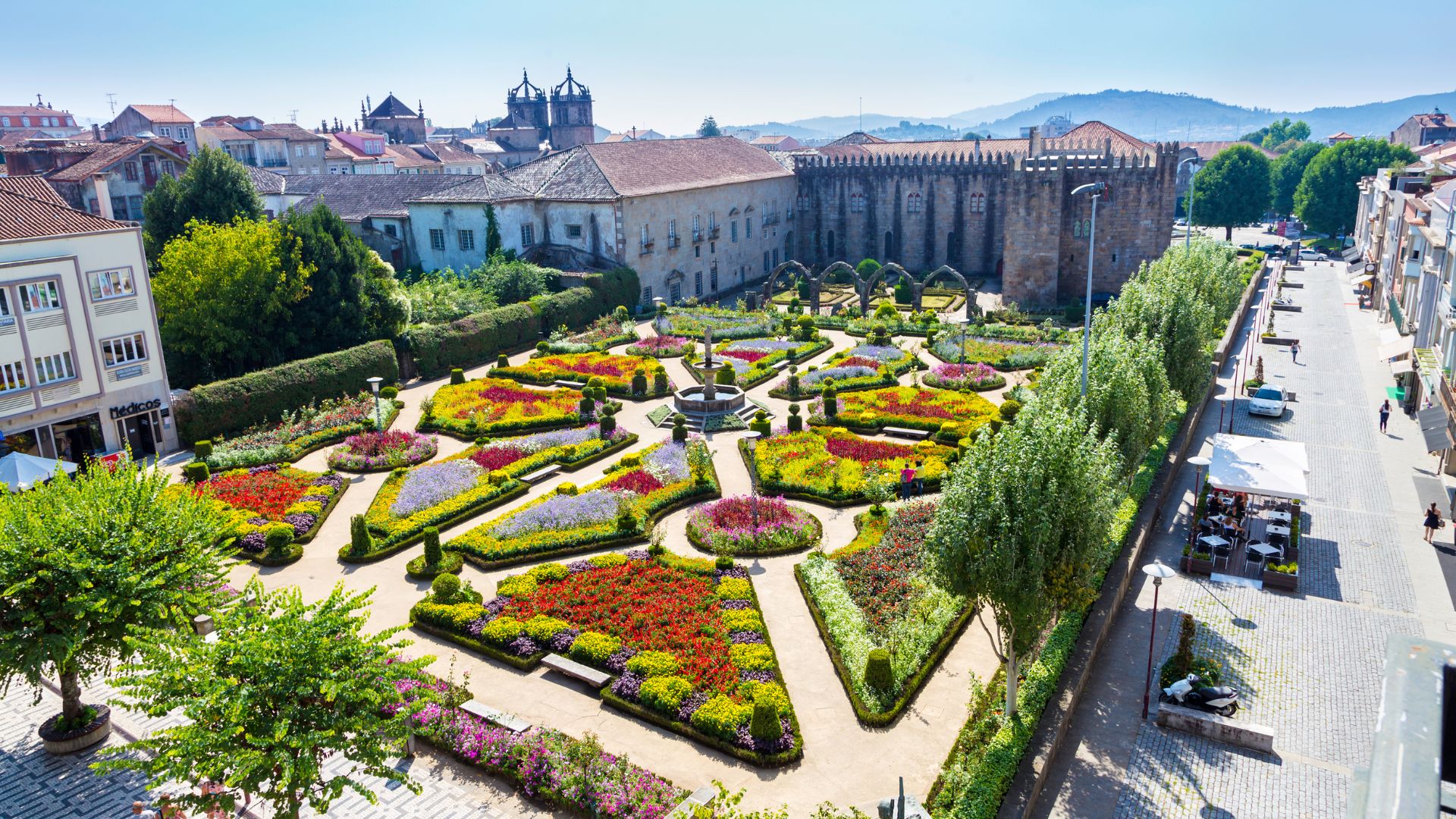
Beyond Porto: Discovering Northern Portugal’s Historic Gems
Northern Portugal bursts with cities where history feels alive. You’ll spot it in the streets, the architecture, and the way people celebrate old traditions.
I found myself drawn in by the ancient roots, grand buildings, and the way these places shaped Portugal’s story.
The Timeless Charm of Braga
Braga wowed me with its spiritual history and buzzing old town. Locals call it the “Rome of Portugal,” and it’s packed with religious sites and calm, leafy squares.
The Sé de Braga, Portugal’s oldest cathedral, blew me away. You’ll see Gothic, Baroque, and Renaissance styles side by side. Candles flickered near ancient altars, and sunlight made the mosaics glow.
Climbing the stairs to the Bom Jesus do Monte sanctuary felt like entering another world. The Baroque architecture and city views from the top made the climb totally worth it.
This isn’t just a tourist stop; it’s a UNESCO World Heritage Site and a real spiritual heart for many.
I got lost in the historic center, popping into cafés and browsing local markets. Even with the crowds, Braga’s calm and old-school vibe stuck with me.
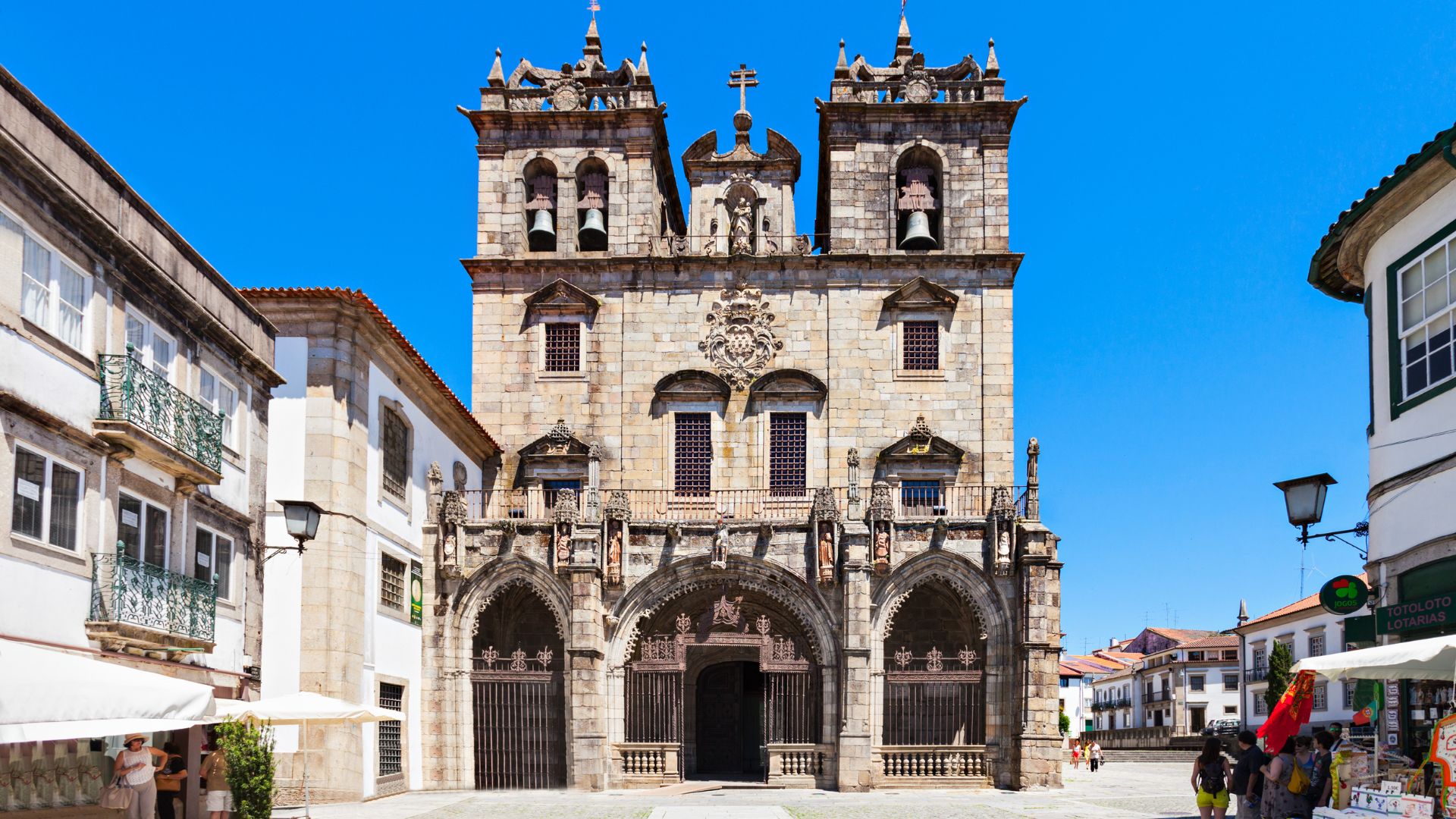
Guimarães: Birthplace of a Nation
If you love stories of kings and battles, Guimarães needs to be on your list. This city calls itself the cradle of Portugal—King Afonso Henriques was born here.
The Guimarães Castle took me straight back in time. Stone towers and thick ramparts look just like the pictures in schoolbooks.
From there, I wandered the medieval streets of the historic center (yep, another UNESCO site), passing houses with iron balconies and twisty cobblestone lanes.
I didn’t skip the Citânia de Briteiros archaeological site outside town. The stone ruins and old defensive walls gave me a glimpse of life here long before Portugal existed. It’s easy to lose yourself in these ancient places.

The Enchantment of Viana do Castelo
Viana do Castelo hugs the Atlantic where the Lima River meets the sea. What first caught my eye? The Santa Luzia Sanctuary—it sits high on a hill, mixing Byzantine and Gothic styles in a way that feels almost unreal.
I hopped on the funicular, and the views from the top made my jaw drop. Red roofs, green hills, and the river all shimmered below. The sanctuary itself, with its rose windows and carved stone, is the perfect spot to take a breath and just look.
Strolling the historic center, I found buildings covered in azulejo tiles, seafood spots, and sunny squares where families chatted as evening fell. That blend of old sites and breezy seaside life made Viana do Castelo a highlight for me.
Nature’s Masterpieces: Epic Landscapes and Outdoor Adventures
Northern Portugal’s landscapes took me by surprise. There’s so much variety—wild parks with waterfalls, peaceful valleys, and sandy beaches all in one region.
If you crave outdoor adventure or just want to chill somewhere beautiful, you’ll find plenty here.
Exploring Peneda-Gerês National Park
Peneda-Gerês National Park left me speechless. It’s Portugal’s only national park, and wow, it feels wild and untouched.
I wandered through ancient forests, climbed rocky peaks, and found streams turning into waterfalls after the rain.
Hiking trails range from easy strolls to tough treks, often passing stone villages that seem frozen in time. I spotted wild horses and even glimpsed eagles soaring overhead.
The park shelters ibex, deer, and wolves—nature lovers will be in their element.
If cycling’s your thing, you’ll find mountain roads with epic viewpoints. After a sweaty hike, I cooled off in natural pools below waterfalls. Bring sturdy shoes and a camera; trust me, you’ll want photos.
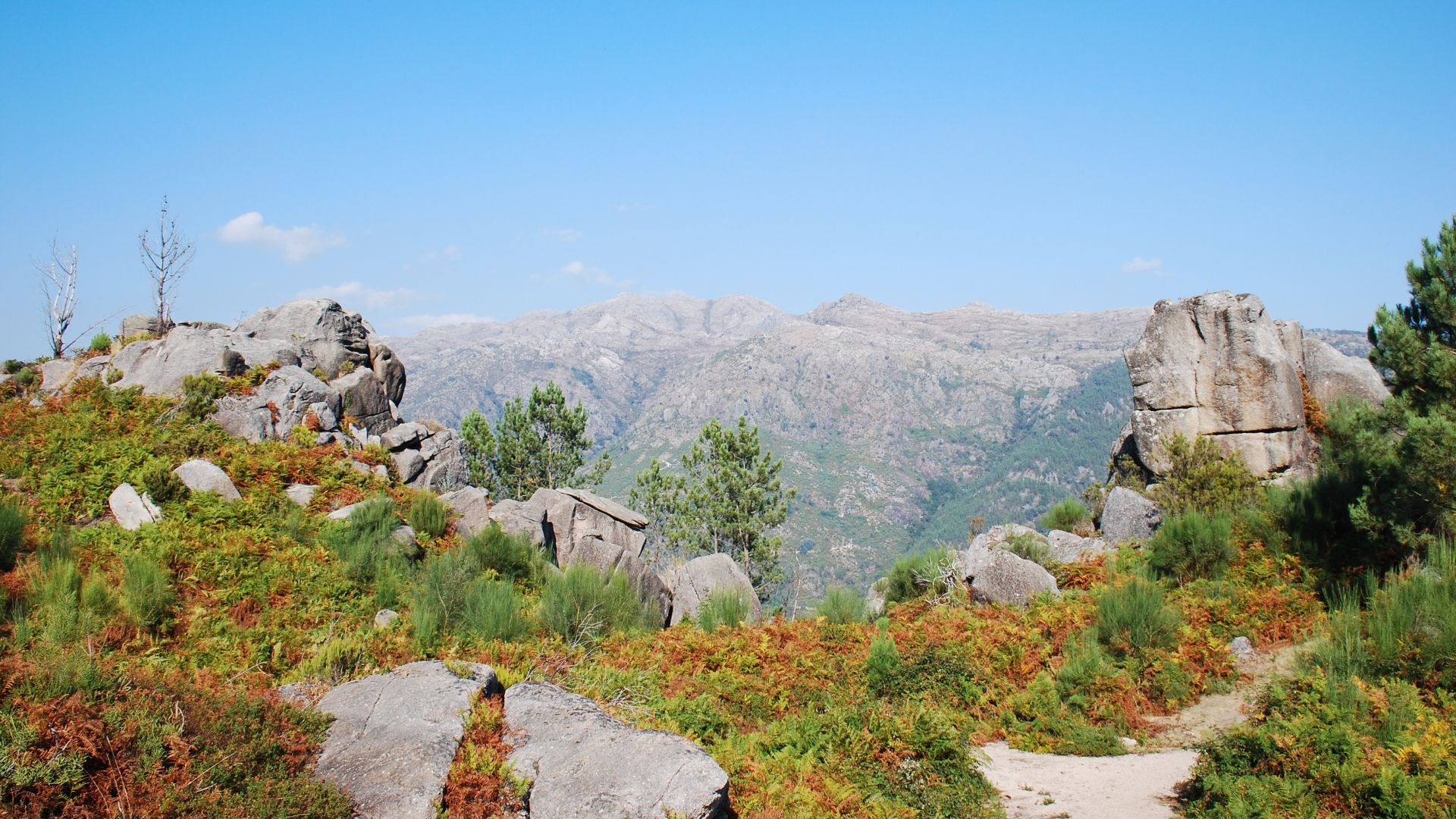
The Douro Valley: Rivers, Vineyards, and Scenic Cruises
The Douro Valley felt like walking into a painting. Terraced vineyards stretch up the hills, feeding the port wine trade for centuries.
The Douro River snakes through, catching the golden light at sunset.
I’d start in Peso da Régua or Pinhão—these towns are the heart of wine country. Vineyards welcome you for tastings of bold reds and sweet ports.
A river cruise here is something special. I watched hillside villages drift by, with people picking grapes on steep slopes.
You can walk or bike through the vineyards if you want to go at your own pace. It’s a playground for the outdoorsy, but also a place to just slow down and enjoy the view.
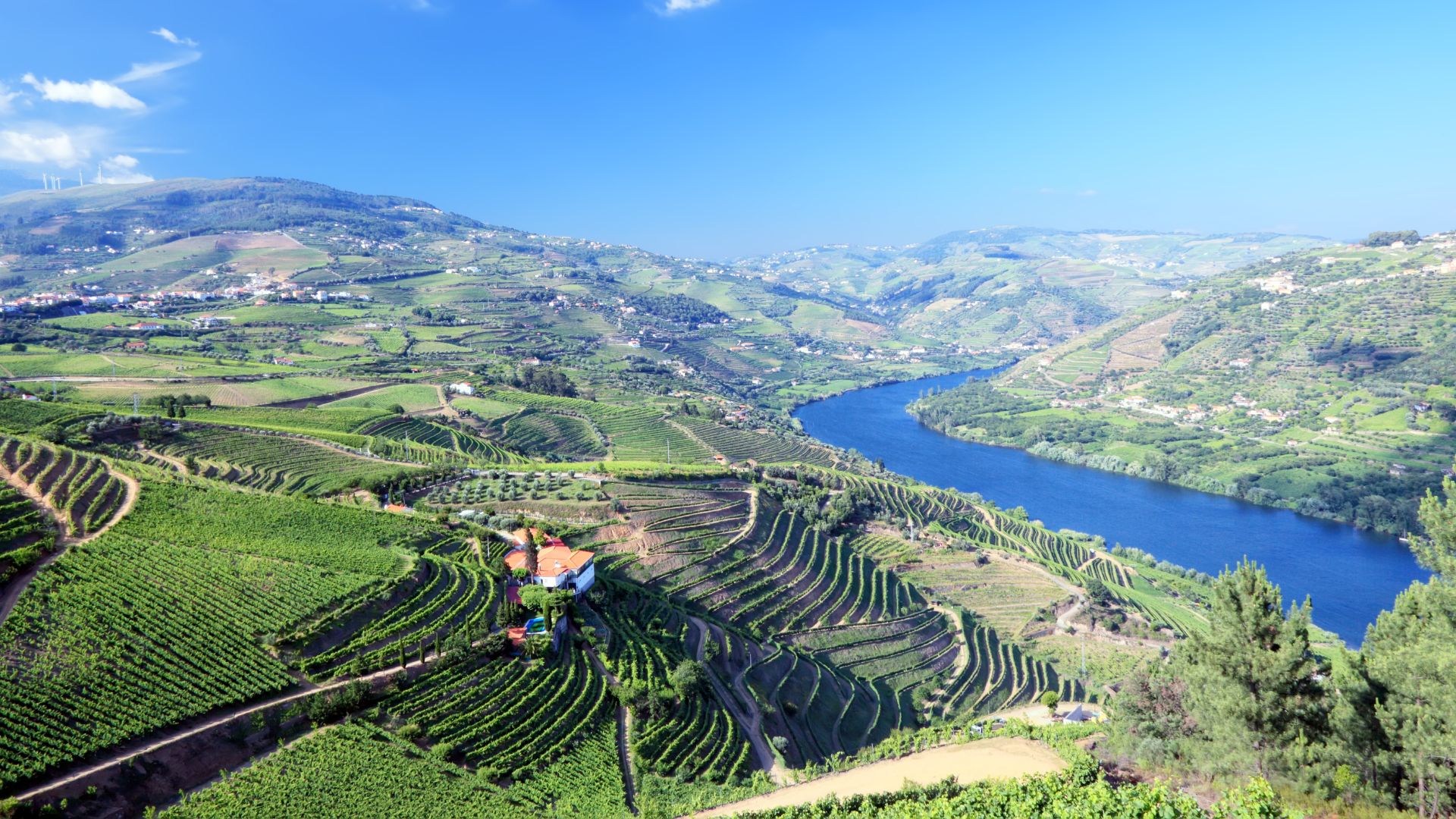
Relaxing by the Atlantic: Northern Portugal’s Best Beaches
The coast near Porto is dotted with beaches, each with its own vibe. In Matosinhos, I ate the freshest seafood after a sandy stroll.
Foz beaches are closer to the city, and locals come here to surf or just relax.
The sand’s golden, and the waves can get wild—great for surfing or just watching the tide roll in. I spent lazy afternoons soaking up the breeze.
Boardwalks, outdoor cafés, and playgrounds line many beaches, making them perfect for families or solo travelers.
If you want peace, head further north to quieter, almost secret beaches. Whether you’re here for a sunset walk or a picnic, the coastline won’t let you down.
Savoring Authentic Flavors: Wine, Seafood, and Local Delicacies
Northern Portugal delighted me at every meal. Between the layered wines, ocean-fresh seafood, and sweet treats hiding in every corner, food here connects you to the land and its people.
Sampling World-Famous Port Wine
I couldn’t skip Port wine in Porto. Vila Nova de Gaia, across the river, is the heart of it all. Historic wine cellars welcome you for tastings and tours, offering a peek into traditions that go back centuries.
At different cellars, I tried ruby and tawny ports, learning how aging changes their taste. Some spots poured crisp Vinho Verde from the Minho area—light, fresh, and surprisingly easy to drink.
I loved visiting small wineries in Amarante and Ponte de Lima. Winemakers often pour the wine themselves and share stories. Out in the countryside, old stone estates serve cheese and smoked meats with their best bottles.
An afternoon at a family-run winery just feels easy and personal.
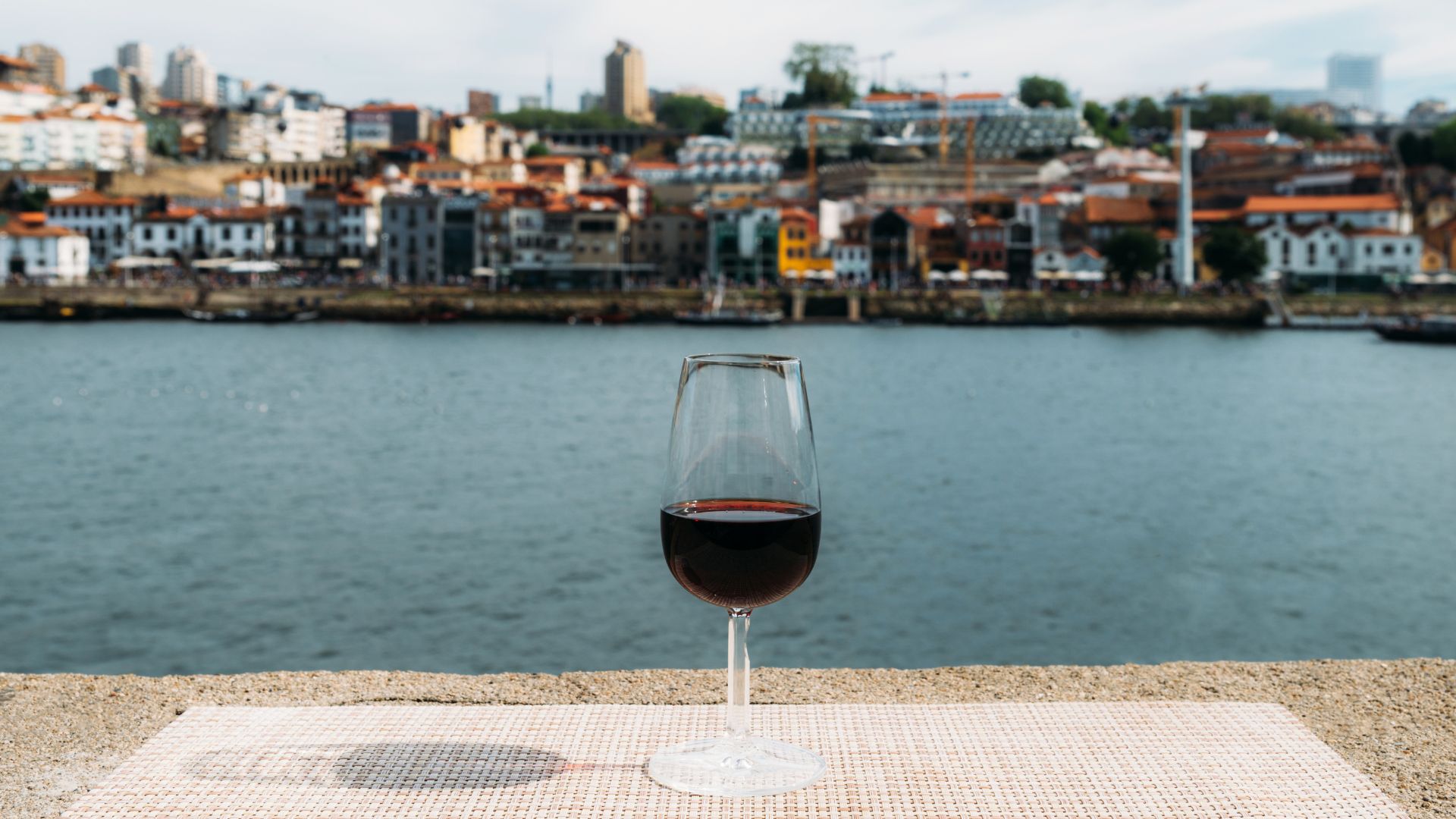
Fresh Seafood and Traditional Portuguese Cuisine
Northern Portugal’s food celebrates the Atlantic. Even simple restaurants serve up perfectly grilled fish or hearty stews.
In Porto, I tried sardines straight from the market—charred, smoky, and bright with lemon and olive oil.
The Francesinha sandwich is a whole other thing. Layers of steak, ham, and sausage get smothered in melted cheese and spicy tomato-beer sauce, then topped with a fried egg and fries on the side. It’s a beast of a meal, best after a long day of exploring.
Along the coast and in Minho, seafood rice arrives packed with clams and prawns. Family-run spots serve cod in endless styles, from bacalhau à Brás to baked casseroles with olives and garlic.
The focus? Always fresh, seasonal ingredients.
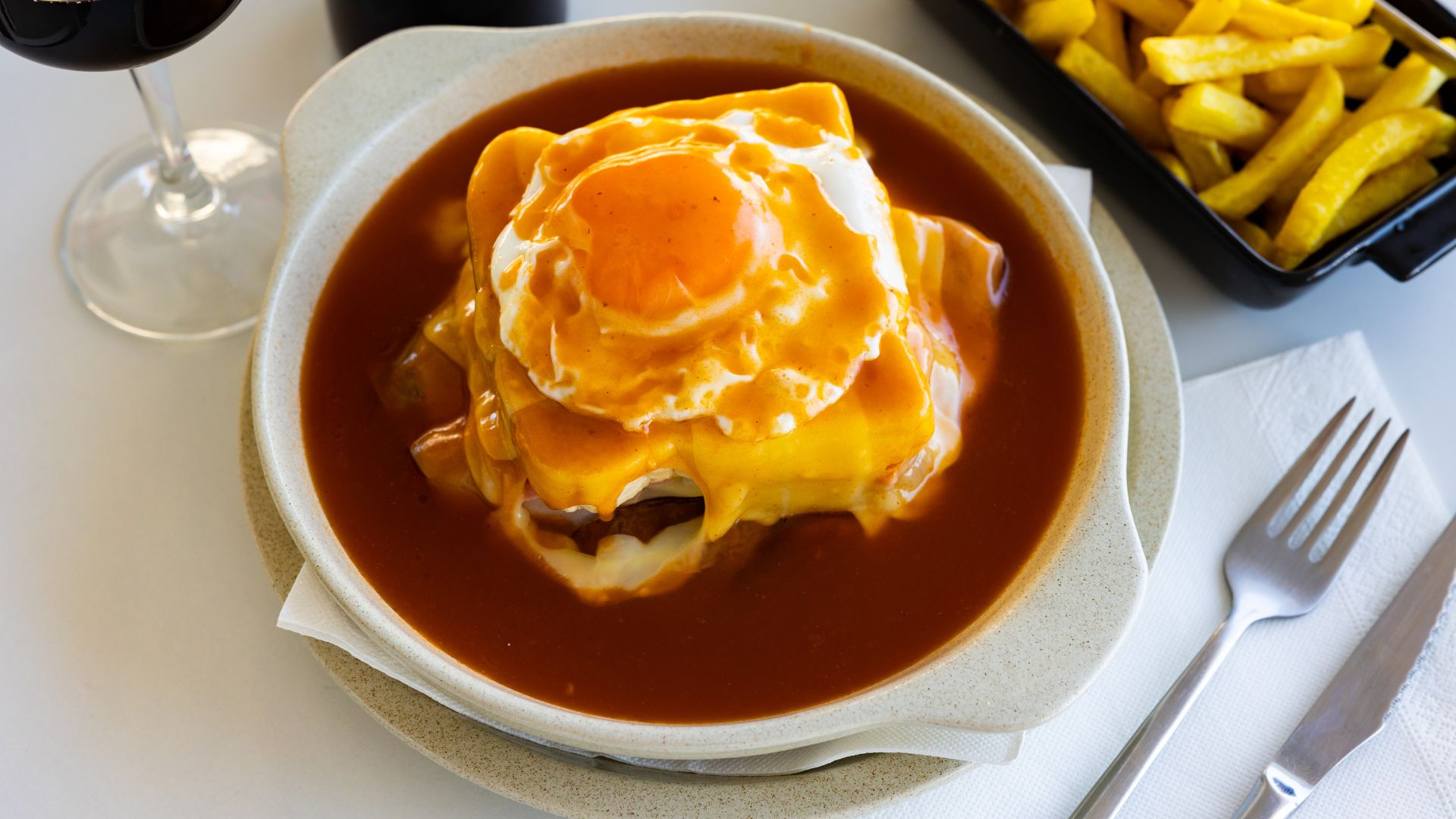
Markets, Cafés, and Sweet Treats
Porto’s Bolhão Market was a highlight for me. Stalls overflowed with cured meats, cheeses, and olives. I chatted with vendors and tasted pastries still warm from the oven.
Markets in smaller towns buzz with their own energy—each one has something different to discover.
Cafés spill out onto squares in Amarante and Ponte de Lima. I lingered in A Brasileira, sipping strong coffee and watching the world go by.
Sweet treats pop up everywhere—crumbly pasteis de nata dusted with cinnamon, custard tarts, and almond cakes you’ll only find in certain villages.
If you’ve got a sweet tooth, try papas de sarrabulho or a fresh bolo de arroz. Whether you’re sitting down with a glass of vinho verde or grabbing a pastry to go, food here always invites you to slow down and enjoy.
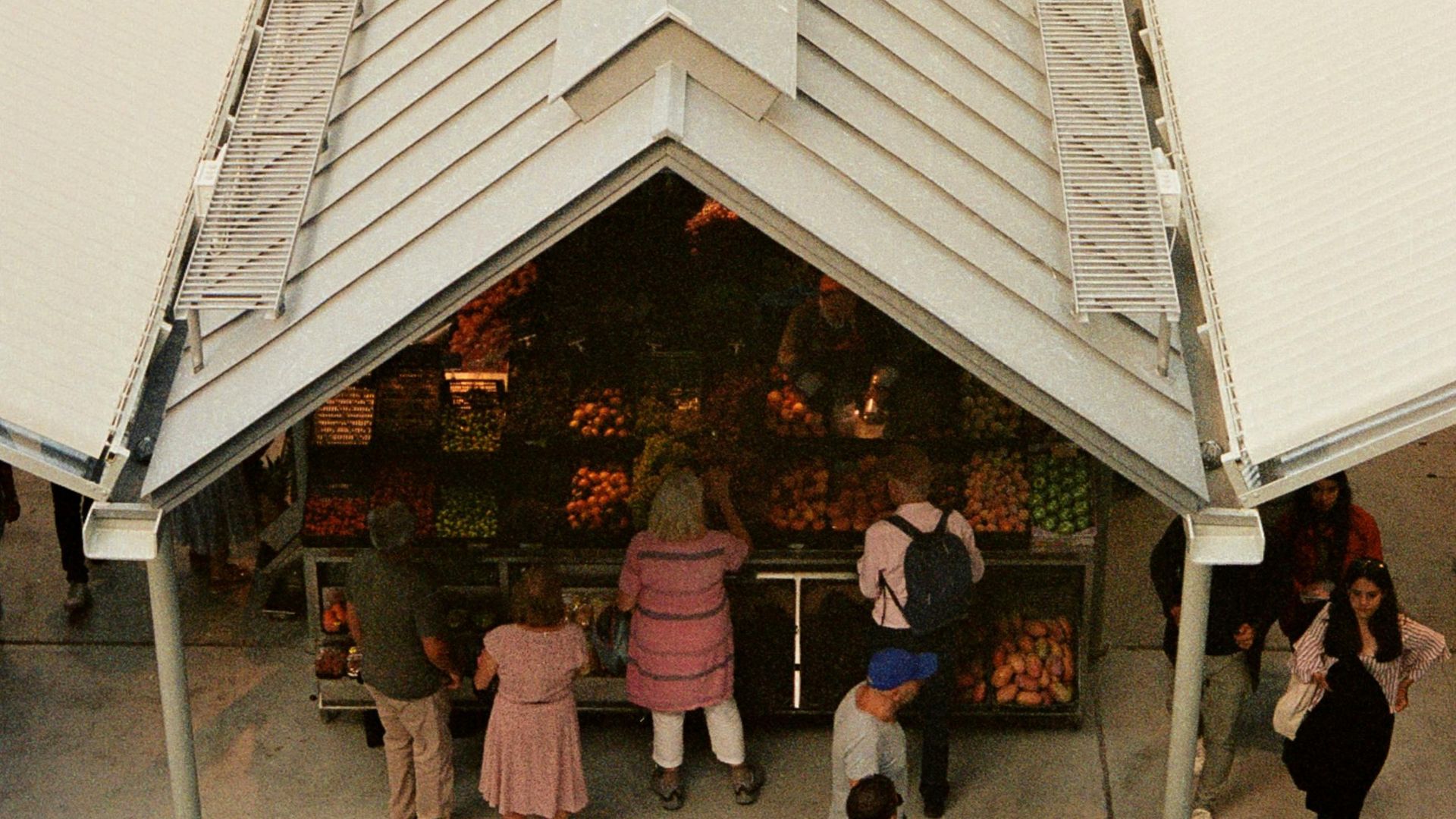
Architectural Wonders and Rich Cultural Heritage
Northern Portugal swept me off my feet with its bold architecture and deep traditions. Every street and grand building tells a story, turning a simple walk into a trip through time.
Strolling Porto’s Iconic Streets and Monuments
Walking around Porto felt like exploring a living museum. The historic center (another UNESCO site) oozes character.
Colorful houses in the Ribeira district line the river, and laundry flaps from windows above bustling cafés.
Crossing the Dom Luís I Bridge gave me some of the best views in town. A student of Gustave Eiffel designed it, so it’s got that dramatic flair.
The bridge links Porto to Vila Nova de Gaia, where you’ll find all those famous wine cellars.
I wandered Rua de Santa Catarina, always alive with music and street performers. Porto Cathedral and the Torre dos Clérigos (Clérigos Tower) are must-sees; climbing the tower’s spiral stairs gave me a sweeping city view I won’t forget.

Artistry in Azulejo Tiles and Baroque Splendor
Porto’s artistry really stands out. The city is famous for azulejo tiles—those hand-painted blue-and-white ceramics you’ll spot on churches and train stations everywhere.
Inside São Bento Train Station, I lost track of time staring at the huge tile murals. They show scenes from Portuguese history in stunning detail.
Baroque architecture pops up all over. Church façades are covered in carvings and flourishes. I kept stopping for photos outside the Church of São Francisco and the curvy Clérigos Tower.
These buildings feel alive, bursting with elegance and drama. Porto’s creative spirit runs deep, and it’s impossible not to notice.
If you love art and history, step inside. Every corner hides a surprise—maybe a statue or a ceiling painting that catches the light just right.
Livraria Lello and the Harry Potter Connection
No trip to Porto would be complete without a stop at Livraria Lello. People call it one of the world’s most beautiful bookstores, and I get why.
The neo-Gothic exterior is pretty, but inside? Wow. Sweeping staircases, stained glass, and intricate woodwork make the place feel magical.
Fans flock here because the shop inspired Harry Potter. J.K. Rowling lived in Porto and visited often; it’s easy to imagine her dreaming up Hogwarts among these twisting stairs and cozy nooks.
Book lovers will feel right at home. Even if you’re just browsing, it’s worth the ticket (which counts toward a book purchase). Arrive early for a shorter line.
Bringing home a novel from here turned my souvenir into a real story.
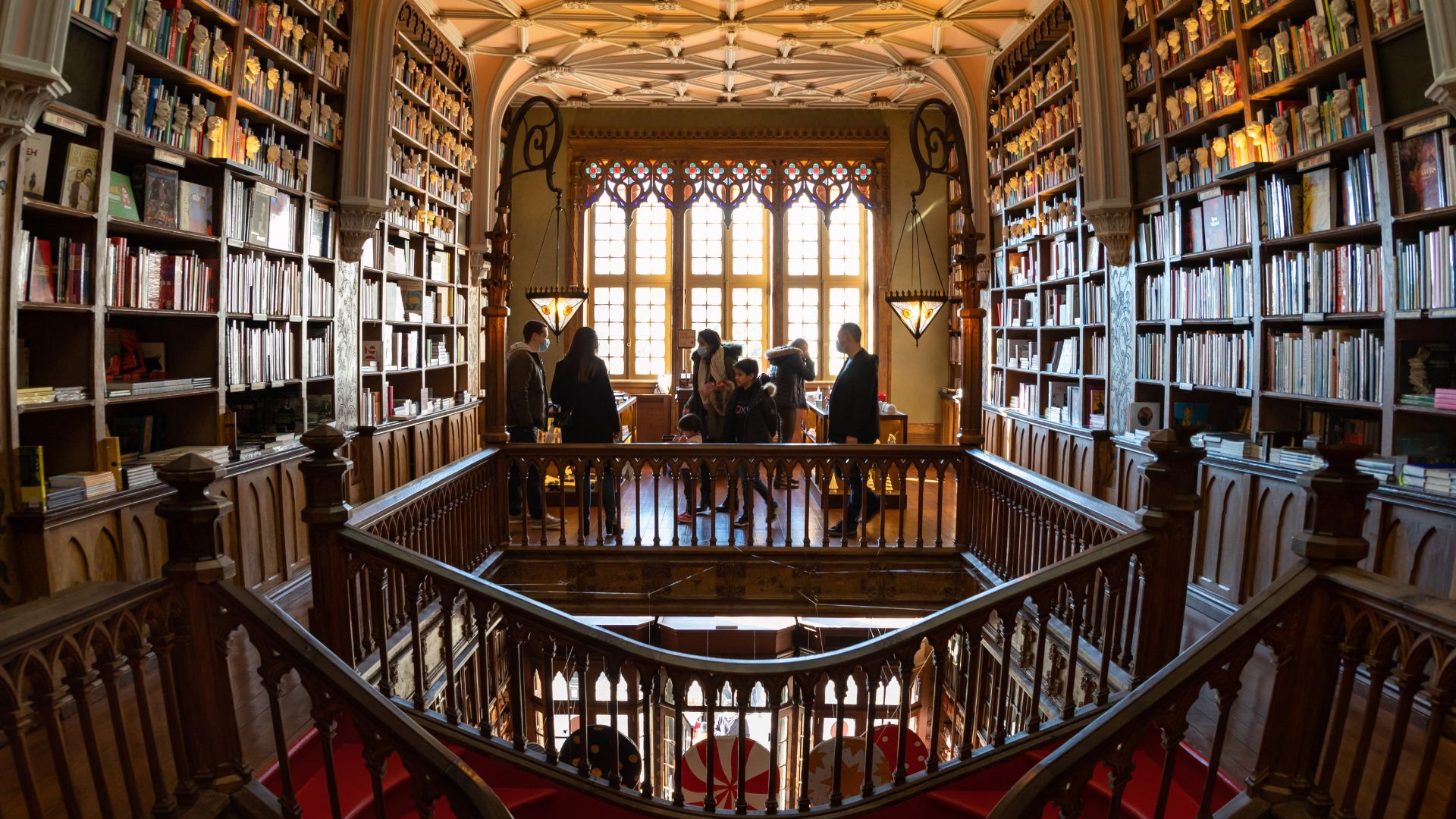
Travel Tips: Getting Around, Where to Stay, and Practical Insights
On my recent trip through northern Portugal, I realized there’s a lot more to this region than just pretty views. Once I figured out how to get around, traveling felt straightforward, and honestly, picking the right place to stay made just as much difference as choosing the sights.
Navigating Northern Portugal: Public Transit, Rail, and Road
Public transport works well, especially if you’re sticking to major towns. Comboios de Portugal (CP) runs trains regularly between Porto and cities like Braga, Guimarães, and Viana do Castelo.
I got into the habit of checking timetables ahead of time, since some local lines don’t run as often, especially on weekends. That caught me off guard once or twice.
If you want to wander off the usual path or just feel like having your own schedule, renting a car really helps. The roads felt well-maintained, and I found the signs easy to follow.
But, just a heads up—old towns can have those super narrow cobblestone streets, and parking sometimes turned into a bit of a puzzle. Maybe just part of the adventure?
If you’re tempted to zip down to Lisbon or even southern Portugal for a day trip, the Alfa Pendular high-speed trains get you there way faster than flying. I liked taking my time in the north, though. Regional trains took me past hills and vineyards I wouldn’t have seen otherwise.
Tip: If you’re planning to visit a bunch of cities, look into a Comboios de Portugal discount card.
Finding the Perfect Accommodation
Northern Portugal really does have something for everyone—cozy guesthouses, fancy boutique hotels, you name it. In Porto, I usually picked the Ribeira district for the river views and the vibe.
But honestly, I had some of my favorite nights in converted stone cottages tucked into the Douro Valley vineyards. Felt like a movie set sometimes.
Outside the busy cities, prices dropped a lot compared to places like Lisbon or the Algarve. A couple times, I booked last minute and still found a spot in the center for under €50 a night.
I used popular booking sites and sometimes checked with local tourism boards, which led me to family-run places I wouldn’t have found otherwise.
For a more local feel, I sometimes picked a guesthouse or “casa de campo.” Those often came with homemade breakfasts and tips from the hosts about hidden spots or seasonal events I would’ve missed.
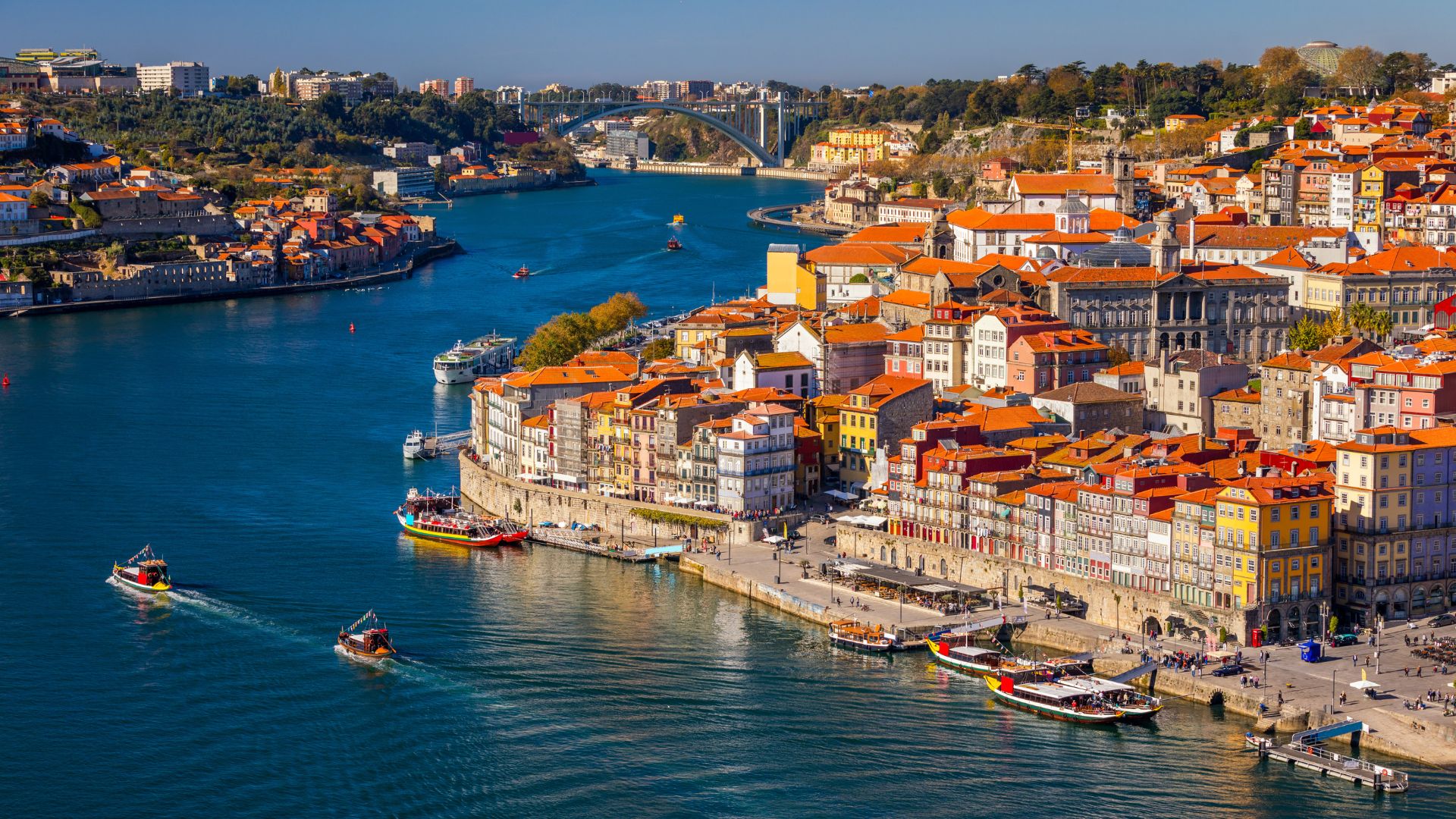
Seasonal Events, Guided Tours, and Local Customs
Timing really shapes a trip in northern Portugal. I still remember showing up in Braga during a local festival—the whole city buzzed with parades and fireworks. Hotel prices shot up, and the crowds surprised me. It’s worth checking the calendar for any big religious or cultural events before you go.
Guided tours made my life easier when I just didn’t want to deal with logistics. In the Douro, I joined a small-group wine tour so I could actually enjoy the tastings and not worry about driving. Wandering around Guimarães with a walking tour, I picked up quirky stories and a bit of Portugal’s deep history.
People here really appreciate basic greetings and good manners. I picked up a few Portuguese words, and honestly, just saying “bom dia” made a difference. Locals eat later than I expected—dinner before 8 PM felt weird, especially if you’re outside the big cities.
Quick List:
- Always check local calendars for festivals.
- Try at least one guided tour in wine regions or historic cities.
- Polite greetings and a few Portuguese phrases are always appreciated.

